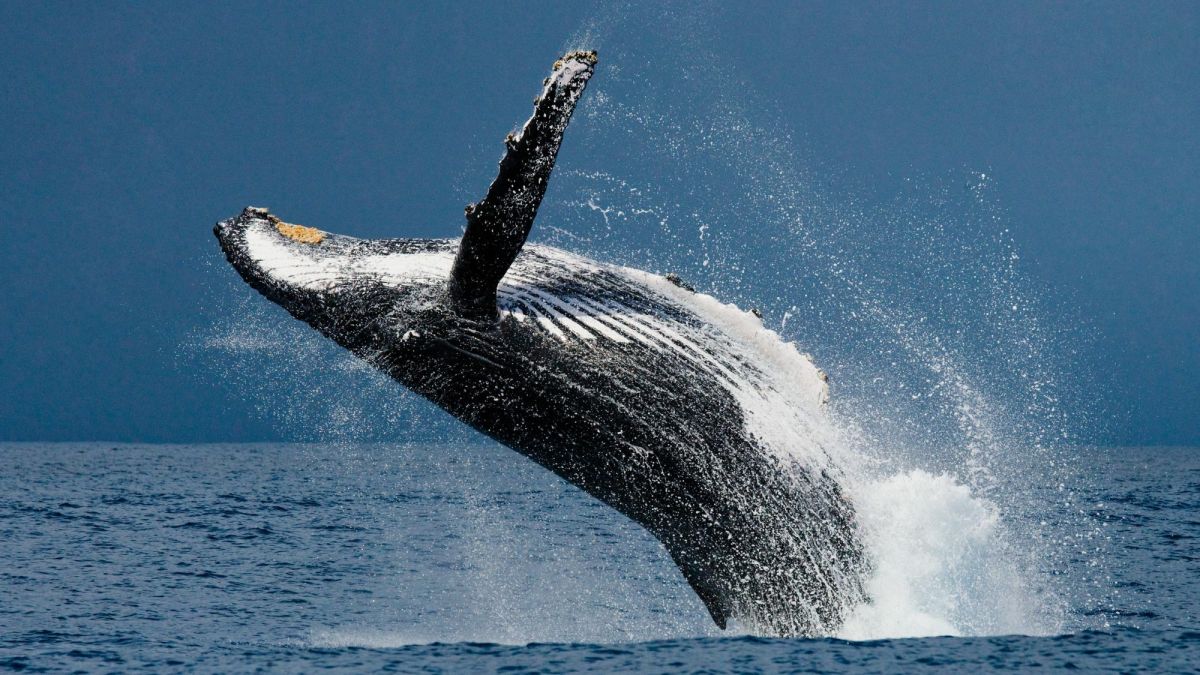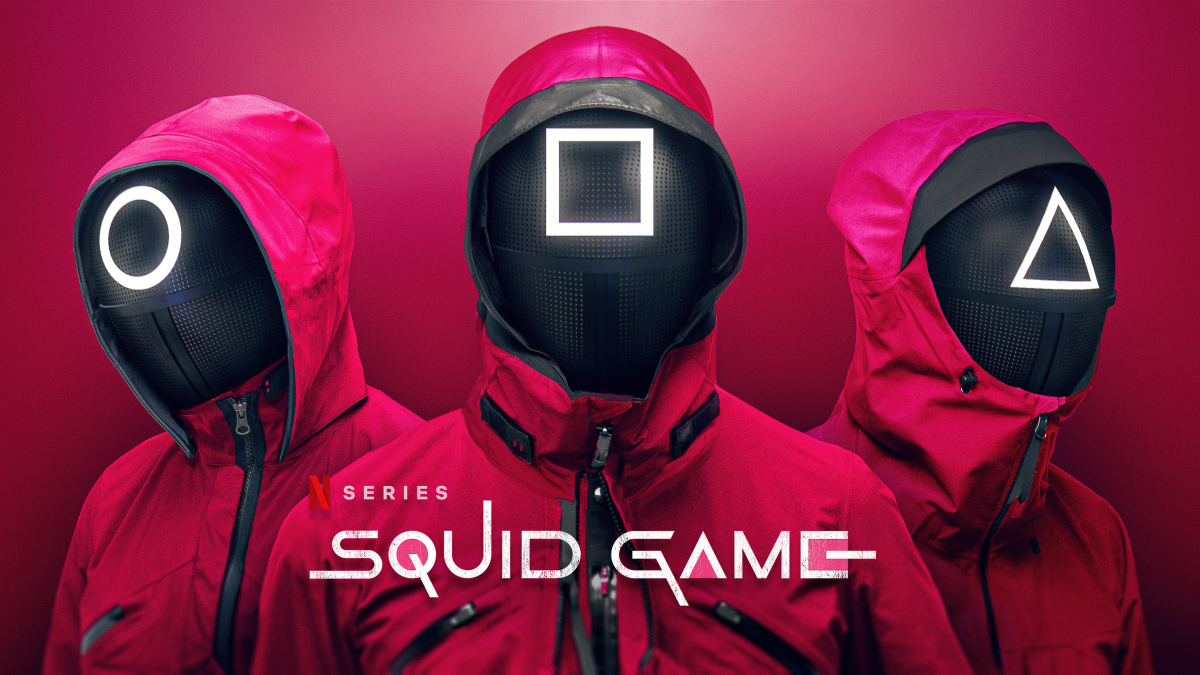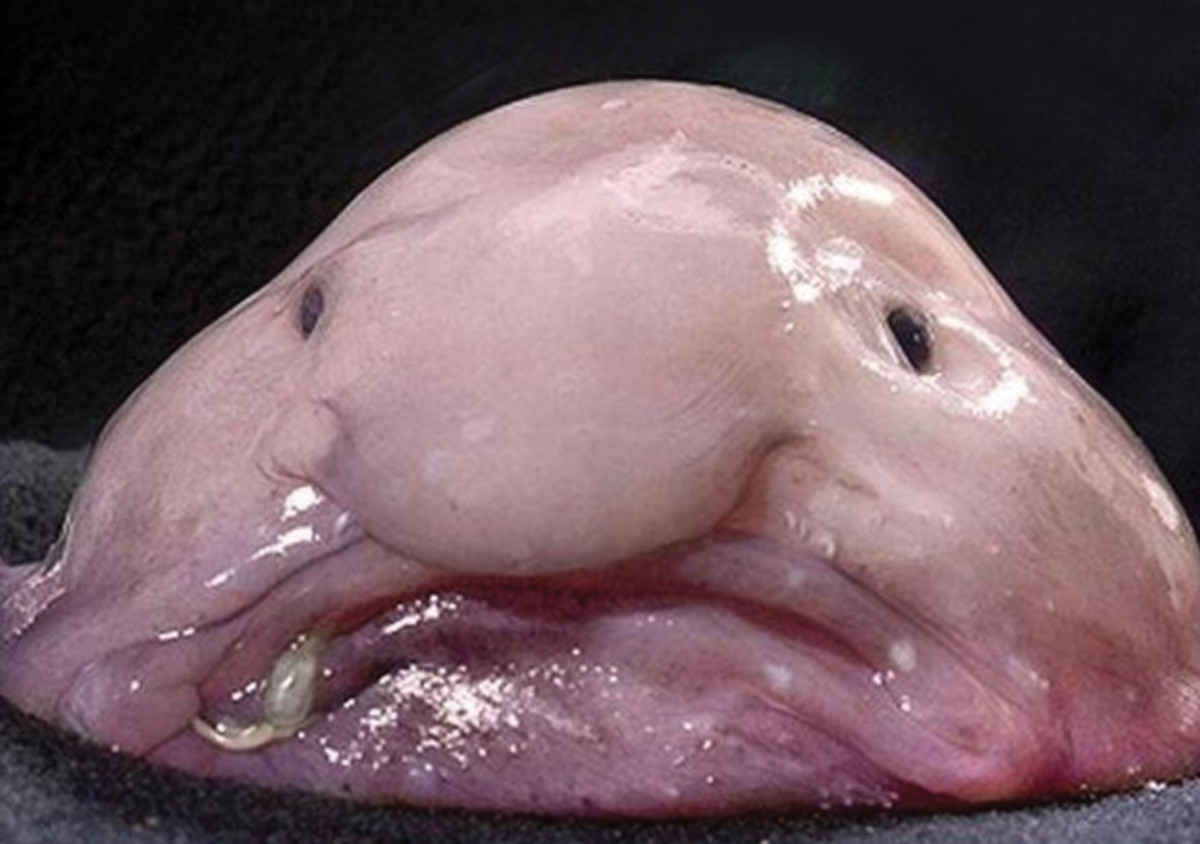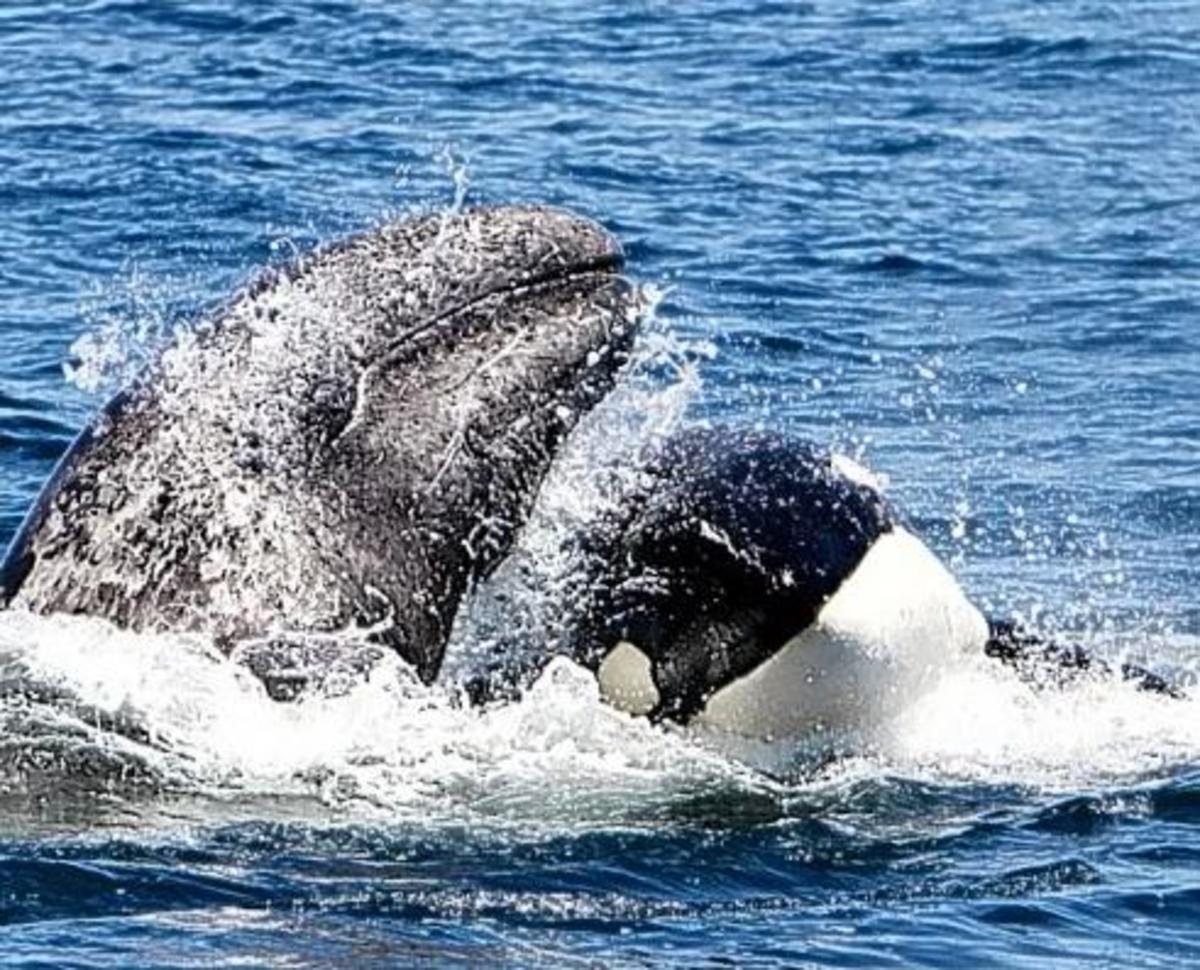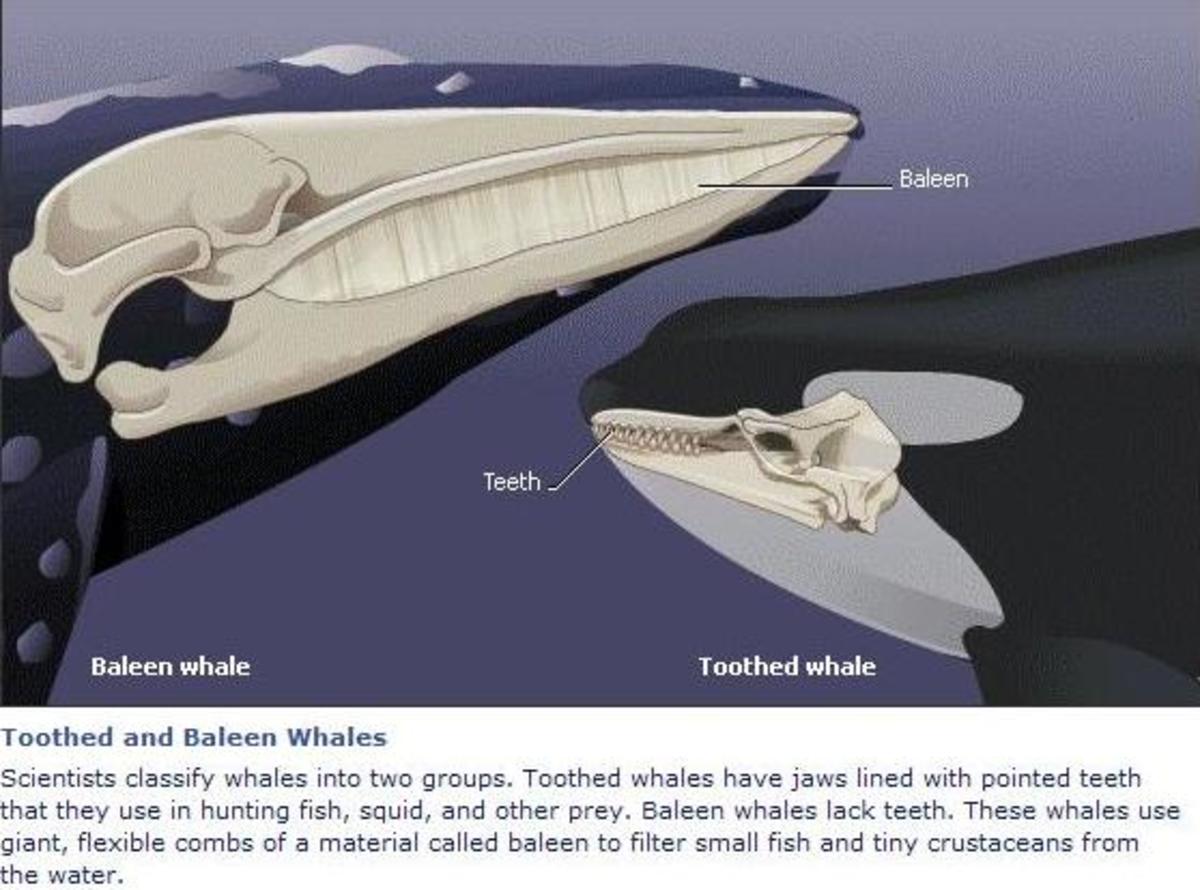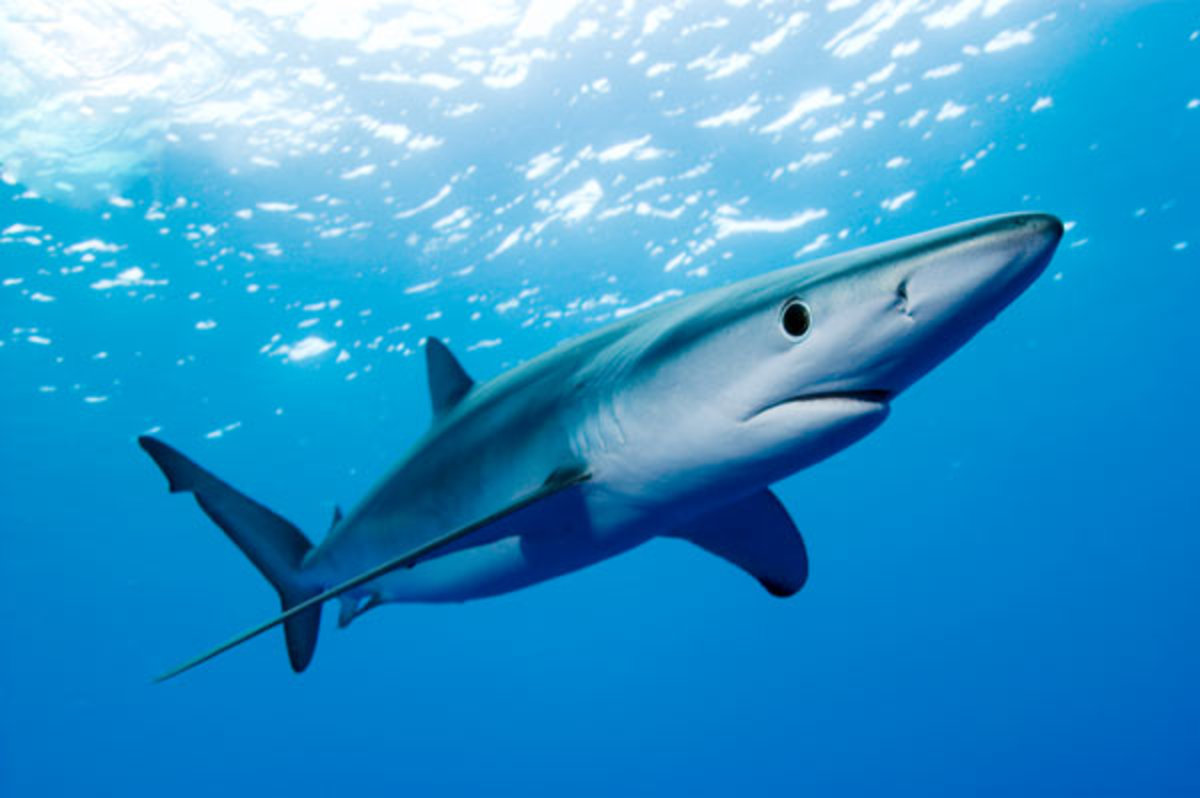- HubPages»
- Education and Science»
- Life Sciences»
- Marine Biology»
- Marine Life
Vampire Squid
Scientific Name: Vampyroteuthis infernalis
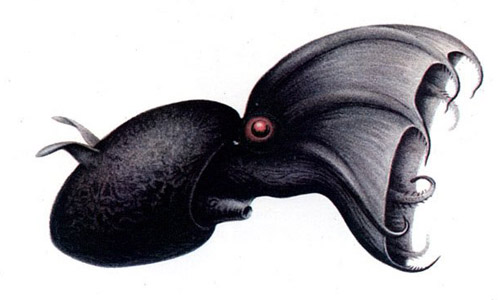
Vampire Squid Description
If you are exploring the many unusual animals out there in the world, your list won’t be complete without the addition of the Vampire Squid on it. Since it was first noted in 1903 it has continued to be labeled as one of the most unique and intriguing animals out there. The fact that we still don’t know very much about it more than a century later tells us that there are creatures out there that continue to survive all around us without us fully understanding why or how that is possible.
The name for the Vampire Squid comes from the fact it looks like a person wearing a vampire cape. These aren’t blood sucking creatures as many people have come to believe. They are dark black in color and they tend to lead an isolated lifestyle. Many people haven’t seen these animals themselves but they tend to listen to the many different types of stories that portray them in a negative light.
Squid Facts
- Facts about Dolphins
Dolphin Facts and Information, feeding, habitat, distribution, reproduction, anatomy and more. Facts about the Bottlenose Dolphins, the Amazon Pink Dolphin, the Spinner Dolphin and the Common Dolphins among others as well as the conservation efforts - The Portal of Life on Earth - Amazing Animal Facts
Amazing Animal Facts - The Portal of Animal Diversity. Visual index of animals. Dolphins, Whales, Penguins, Sharks, Tigers, Elephants, Flamingos, Otters, Killer Whales, Seals, Sea Lions, Sea Turtles, Polar Bears, Walruses, Squids, Manatees, Snails, G - Facts about Squids
Squid Facts and Information. Feeding, habitat, distribution, reproduction, anatomy and more. Facts about Species like the Giant Squid, Colossal Squid, Vampire Squid and many others.
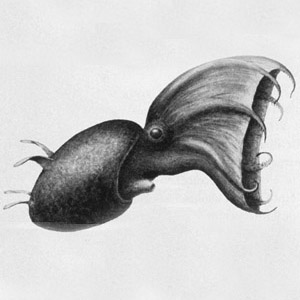
Vampire Squid Anatomy
Let’s take a close look at the anatomy of the Vampire Squid. You will certainly agree it is unlike any other creature you have every seen. How many others can actually turn their bodies inside out? The fins on these animals allow them movement in the water, but it can appear that they are flying instead of just swimming. These fins will change in their shape and their size as the animal gets bigger. The light organs on them are found at the ends of these fins.
They are very small creatures, only about a foot when they are done growing. You will notice that there are suckers found on the arms of the Vampire Squid. They help them to be able to reach out for food sources and to ensure that they can’t escape. They have extremely large eyes and they are also red in color which doesn’t seem to help them with their self image in the eye of the public very much.
We often associate squid with being able to eject an ink substance when they feel they are in danger. Instead of that ink though the Vampire Squid actually has a type of mucus that they send out. They can continue to dispense it for about 10 minutes but usually they don’t need to do so for that length of time before they feel safe again.
Vampire Squid Evolution
How did the lifestyle of the Vampire Squid come to be in place? This is a very good question and one that can’t fully be answered at this time. There is some evidence to indicate they may have been around though for as long as 25 million years. There is a very good chance that these creatures have been able to evolve as necessary and to live in conditions where other animals simply couldn’t.
One reason for this is that they have the ability to control their metabolism. This is a characteristic that very few other living creatures have the ability to. They seem to be complex in nature though in spite of their ability to live in such a simple environment.
Amazing Animal Facts
- Manatee Facts
Manatee Facts and Information. Feeding, habitat, distribution, reproduction, anatomy and more. Facts about Species like the West Indian Manatee, Amazonian Manatee and others. - Manta Ray Facts
Manta Ray Facts and Information. Feeding, habitat, distribution, reproduction, anatomy and more. Also, the conservation efforts made to preserve Manta Rays and how humans have interacted with Manta Rays. - Facts about Sea Turtles
Facts and Information about Sea Turtles. Feeding, habitat, distribution, reproduction, anatomy and more. Facts about Species like the Green Sea Turtle, the Loggerhead Turtle, the Hawksbill Turtle, the Leatherback Turtle and many others.
Vampire Squid Behavior
It is believed that these creatures don’t do very much, but live a very quiet and peaceful life. That is a far cry from stories that circulate about them being vicious and even attacking humans. Many of these stories are the result of the fact that we don’t know as much as we would like to about them.
We do know that they live solitary lives. We also know that the mothers die soon after their young hatch from the eggs. They have a control over their body’s metabolism that is very interesting as well. They can turn it down so low that they can survive on virtually no food at all. They aren’t believed to be vocal or to express ways of communicating with each other.
They do swim around in the water, not fly as some reports indicate. The design of their wings though seem to give the impression that they are flying. This tends to give people that haven’t seen them the indication that they are a type of water bat or something. They are very slow moving in the water as well.
Vampire Squid Habitat
You will find the Vampire Squid living in areas where the water is less than 45 degrees. This can be misleading though as they are often found in tropical regions. The truth though is that deep down in the water were they live, more than 3,000 feet deep, they are able to find cooler areas of water.
They can also live in water where there isn’t very much oxygen. Due to the design of their body’s this isn’t a problem. However, it would be virtually impossible for just about any type of other animals to be able to survive that deep without coming up to the surface to take in air.
- California Sea Lion - Sea Lion Facts and Information
The California Sea Lion is the one most people are familiar with. They are friendly animals often seen doing a variety of tricks in various locations while in - Facts about Seals
Facts and Information about Seals. Feeding, habitat, distribution, reproduction, anatomy and more. Facts about Species like the Harbor Seal, Harp Seal, Hawaiian Monk Seal, and many others. - Walrus Facts
Walrus Facts and Information. Feeding, habitat, distribution, reproduction, anatomy and more. Also, the conservation efforts made to preserve Walruses and how humans have interacted with Walruses.
Vampire Squid Feeding Habits
Once again there are questions about the Vampire Squid and this time they are in regards to what they eat. It is likely that they survive on small crustaceans. They don’t need very much food at all to survive due to the way in which they are able to control their metabolism.
When they do need to feed they are able to get easily enough, likely from a variety of crustaceans that live more than 3,000 feet from the surface of the water. They don’t have much of a selection when it comes to food though due to where they live so it is a good thing that they don’t need anything substantial to survive upon.
Vampire Squid Reproduction
There is a different type of reproduction process for the Vampire Squid. While it isn’t really understood how they pair up, what is know is that the sperm from the male is inserted into a sac on the female. She will generally keep it there for a few weeks before allowing it to mix with her eggs. The process of creating the eggs and them hatching takes a long time. It will be about 13 months before they hatch.
The mothers will end up dying just a couple of days after these young lives emerge. It is possible that is just part of their life span, so they will only get to reproduce once. The life span of the males really isn’t known. The young Vampire Squid have to care for themselves from the very start.
Vampire Squid Predators
Since they don’t need much to eat and they don’t have predators out there other than some squid, these youngsters have a very good chance of surviving. From time to time other animals though can dive that deep for short periods of time. If they are coming up empty in regards to their usual types of food they may decide to take what they can get.
Vampire Squid really aren’t in danger when it comes to humans either. Most people prefer to leave these mysterious creatures to themselves. They don’t surface often except from time to time in fishing nets that happen to bring one up with the rest of the catch. Sometimes people will intentionally attempt to capture them so that they can see one up close and personal though.

